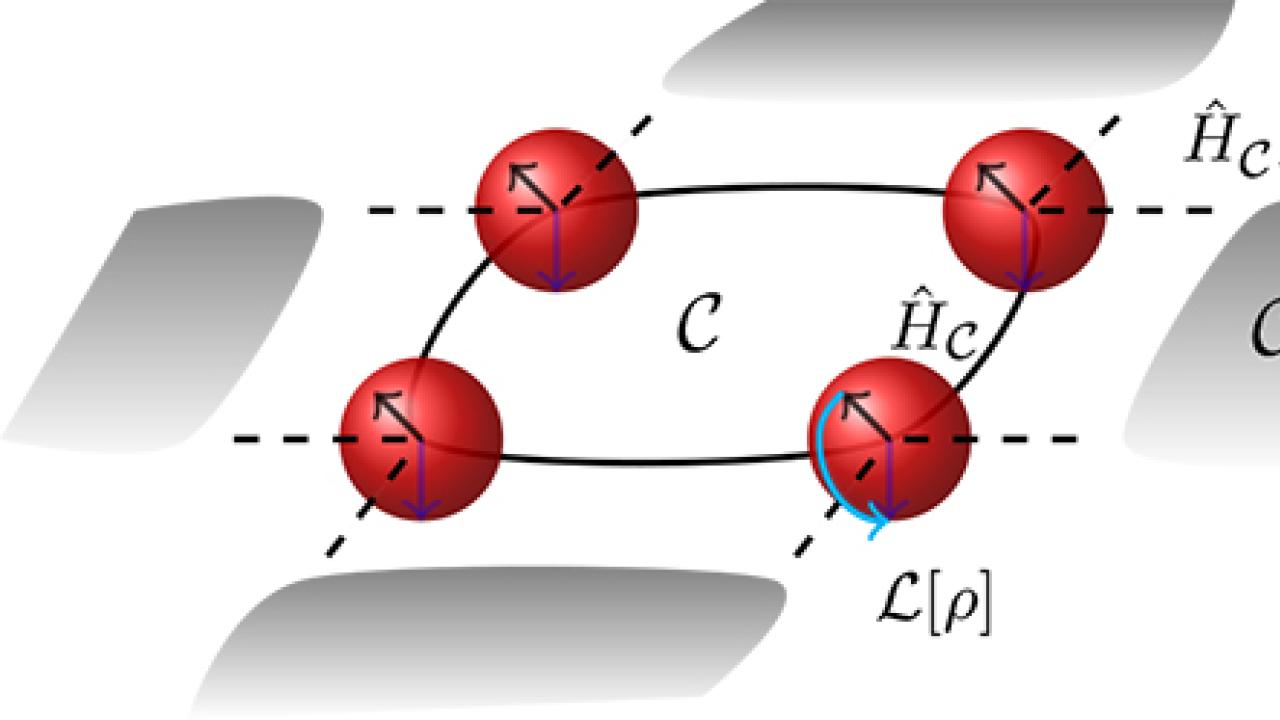
Phase transitions are ubiquitous in nature and can occur in out-of-equilibrium situations. A team composed of scientists from ICTP, SNS-Pisa, ENS-Paris, Madrid, St. Andrews and Dalian have theoretically demonstrated the key role of short-range fluctuations in dissipative phase transitions, findings that can be experimentally reproduced using trapped ions, Rydberg states of atoms, or microwave circuits.
A phase transition is a transformation between two different states of matter that often involves a symmetry-breaking process (e.g., that between liquid water and ice). The theory of phase transitions in equilibrium systems is one of the triumphs of 20th-century science that showed that apparently disparate physical systems undergo transitions in the same way; the details on small length scales do not matter. Phase transitions can also occur in an out-of-equilibrium context. Famous examples include systems of moving cars into traffic jams, or individual flying birds exhibiting collective flocking. All of these situations are related to each other by the fact that the appearance of different steady-state ordering is of intimate dynamical origin and cannot be reduced to the equilibrium results. The team studied a quantum dynamical phase transition and demonstrate that, contrary to what is observed in standard thermodynamics, short-range fluctuations drastically affect the steady-state phase diagram of driven-dissipative quantum systems.
These results hopefully will stimulate novel investigations of nonequilibrium critical phenomena, placing them in a completely different light compared with the paradigm for equilibrium systems.
Reference:
Jiasen Jin, Alberto Biella, Oscar Viyuela, Leonardo Mazza, Jonathan Keeling, Rosario Fazio, and Davide Rossini, Phys. Rev. X 6, 031011 (2016)













